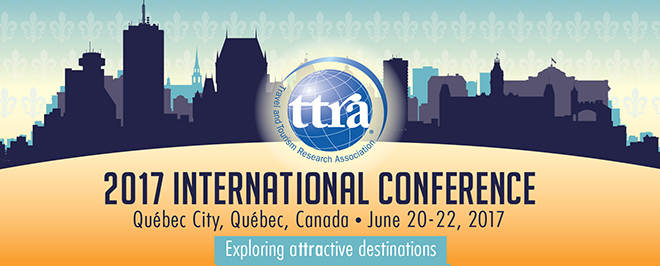Abstract (150 Words)
As U.S. national parks face budget constraints and uncertain financial and management futures, the roles of “friends of” park associations are increasingly crucial and diversified. In addition to fulfilling missions of education, advocacy and conservation, many of these organizations have stepped into roles as providers and marketers of unique visitor experiences, including tours, expeditions, and lectures. This research focuses specifically on a “friends” group of an iconic and highly visited national park in the Western United States. Applying consumer preference research on hedonic versus utilitarian choices to the framework of social cognitive theory, this research seeks to understand the relationships between personal factors, external environment, and behavior in members’ interests in types of organizational offerings. Findings emphasize the importance of personal factors in determining what membership attributes are most valued and indicate a strong support for hedonic activity offerings.
Conservation Meets Concierge: A National Park “Friends” Association as a Purveyor of Visitor Experience
As U.S. national parks face budget constraints and uncertain financial and management futures, the roles of “friends of” park associations are increasingly crucial and diversified. In addition to fulfilling missions of education, advocacy and conservation, many of these organizations have stepped into roles as providers and marketers of unique visitor experiences, including tours, expeditions, and lectures. This research focuses specifically on a “friends” group of an iconic and highly visited national park in the Western United States. Applying consumer preference research on hedonic versus utilitarian choices to the framework of social cognitive theory, this research seeks to understand the relationships between personal factors, external environment, and behavior in members’ interests in types of organizational offerings. Findings emphasize the importance of personal factors in determining what membership attributes are most valued and indicate a strong support for hedonic activity offerings.


